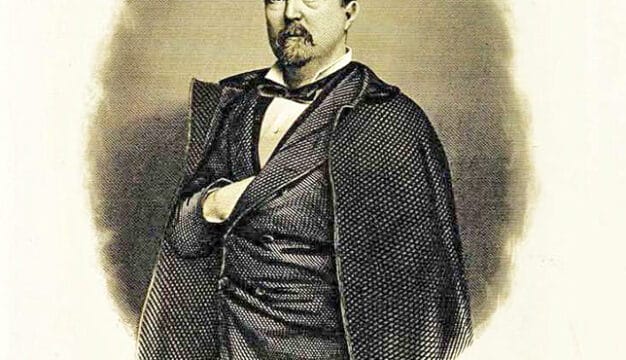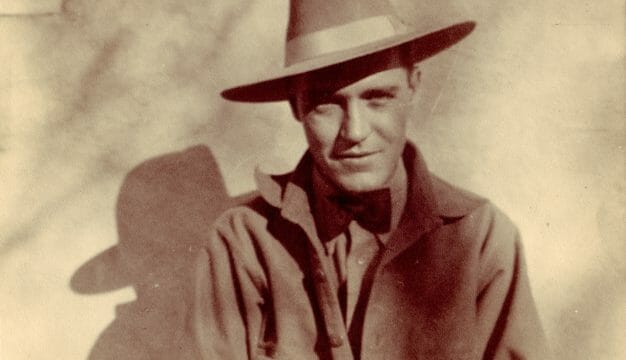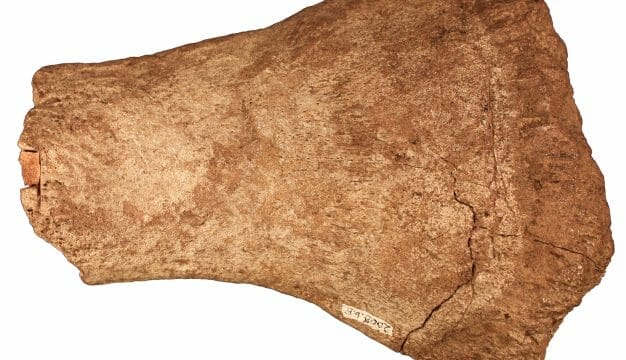Jonathan Myrick Daniels
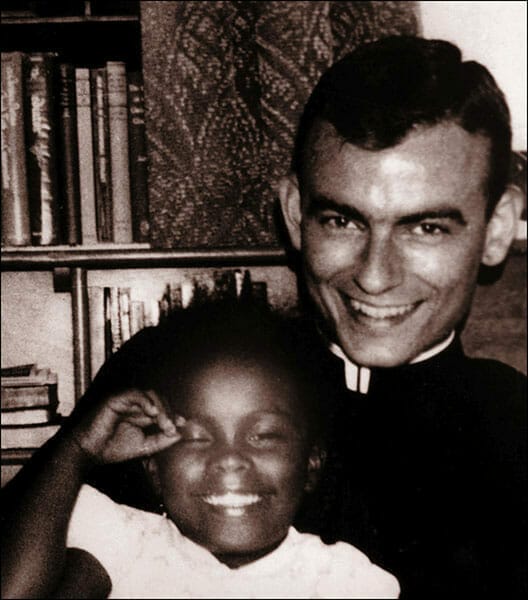 Jonathan Myrick Daniels
Jonathan Myrick Daniels (1939-1965), an Episcopal seminarian, spent little time in Alabama, but the influence of his life, work, and tragic death in Lowndes County is immeasurable. Committed to civil rights and social justice, his efforts in the Black Belt of Alabama and his murder in August 1965 helped draw attention to racial inequities in the South and apathy within the Episcopal Church.
Jonathan Myrick Daniels
Jonathan Myrick Daniels (1939-1965), an Episcopal seminarian, spent little time in Alabama, but the influence of his life, work, and tragic death in Lowndes County is immeasurable. Committed to civil rights and social justice, his efforts in the Black Belt of Alabama and his murder in August 1965 helped draw attention to racial inequities in the South and apathy within the Episcopal Church.
Daniels was born on March 20, 1939, in Keene, New Hampshire, and was the second child of Philip Brock Daniels, a family doctor and obstetrician, and Constance Weaver, a language teacher. Although his parents were Congregationalists, Daniels joined the St. James Episcopal Church because it sponsored a Boy Scout troop during his senior year in high school. In 1961, he graduated first in his class from the Virginia Military Institute and briefly attended Harvard University to study literature. As a young man, Daniels had experienced periods of profound doubt regarding his faith, but he eventually became convinced that he should devote his life to service in the Episcopal Church. In 1963, he began studies at Episcopal Theological School (ETS) in Cambridge, Massachusetts.
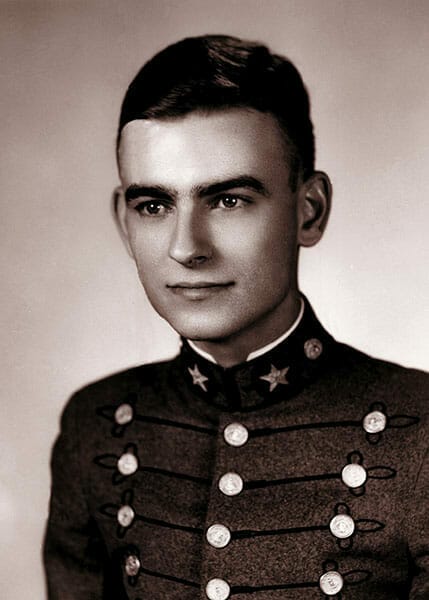 Jonathan Myrick Daniels
On March 7, 1965, civil rights activists led by John Lewis and Hosea Williams attempted to march across the Edmund Pettus Bridge in Selma and were beaten back by law enforcement official, leading the press to label the day “Bloody Sunday.” Martin Luther King Jr. called to clergy of all denominations to come to Selma and join the marchers in a new attempt to reach the state capitol in Montgomery to highlight the continued discrimination of African Americans in voter registration and elections and the recent murder of civil rights activist Jimmie Lee Jackson. Daniels and 10 other ETS students flew to Selma to take part in a second march attempt on March 9.
Jonathan Myrick Daniels
On March 7, 1965, civil rights activists led by John Lewis and Hosea Williams attempted to march across the Edmund Pettus Bridge in Selma and were beaten back by law enforcement official, leading the press to label the day “Bloody Sunday.” Martin Luther King Jr. called to clergy of all denominations to come to Selma and join the marchers in a new attempt to reach the state capitol in Montgomery to highlight the continued discrimination of African Americans in voter registration and elections and the recent murder of civil rights activist Jimmie Lee Jackson. Daniels and 10 other ETS students flew to Selma to take part in a second march attempt on March 9.
Although Daniels intended to stay only a few days, unfolding events in Selma convinced him that he had a more pressing need to participate in the demonstrations than to focus on his studies. Shortly after his arrival, James Reeb, a Unitarian minister who had flown from Boston on the same plane as Daniels, was beaten on a Selma street on March 11 and died the next day. Daniels and fellow seminarian Judith Upham quickly secured permission from their professors to continue their studies on their own and return to Cambridge at the end of the semester for final exams. Daniels joined in the final leg of the successful march to Montgomery later in March and over the next several months stayed with local African Americans, tutored children, and helped register African American voters. He also worked to integrate St. Paul’s Episcopal Church in Selma.
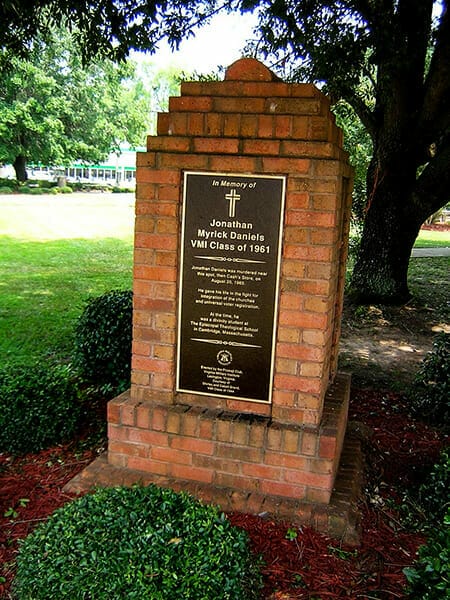 Jonathan M. Daniels Monument
On August 13, Daniels and roughly 30 other protestors picketed whites-only stores in the town of Fort Deposit in southern Lowndes County. They were arrested and taken to Hayneville, where they were jailed in overcrowded cells with no air conditioning and toilets that routinely backed sewage out onto the floor. The prisoners were released a week later on August 20 but were not provided with any means of transportation back to Selma. Stranded in the 100-degree heat, Daniels and the others sought a cool drink at a nearby store. There, they were met by Tom Coleman, holding a shotgun, who demanded they leave the property or risk being shot. As Coleman fired, Daniels pushed 17-year-old African American Ruby Sales to the ground and took the full impact of the shotgun blast in his chest, dying instantly. As Daniels’s companions ran for safety, Coleman fired again, critically injuring Richard Morrisroe, a Catholic priest from Chicago, who survived. As was the case in numerous race-related crimes during the civil rights era, an all-white jury acquitted Coleman when the defense produced witnesses who claimed that Daniels had a knife and Morrisroe had a pistol. The shootings and Coleman’s acquittal were condemned across the country.
Jonathan M. Daniels Monument
On August 13, Daniels and roughly 30 other protestors picketed whites-only stores in the town of Fort Deposit in southern Lowndes County. They were arrested and taken to Hayneville, where they were jailed in overcrowded cells with no air conditioning and toilets that routinely backed sewage out onto the floor. The prisoners were released a week later on August 20 but were not provided with any means of transportation back to Selma. Stranded in the 100-degree heat, Daniels and the others sought a cool drink at a nearby store. There, they were met by Tom Coleman, holding a shotgun, who demanded they leave the property or risk being shot. As Coleman fired, Daniels pushed 17-year-old African American Ruby Sales to the ground and took the full impact of the shotgun blast in his chest, dying instantly. As Daniels’s companions ran for safety, Coleman fired again, critically injuring Richard Morrisroe, a Catholic priest from Chicago, who survived. As was the case in numerous race-related crimes during the civil rights era, an all-white jury acquitted Coleman when the defense produced witnesses who claimed that Daniels had a knife and Morrisroe had a pistol. The shootings and Coleman’s acquittal were condemned across the country.
Daniels’s death, along with those of others during the voting rights campaign of 1964 and 1965, helped awaken the country to the continued violence against those who promoted civil rights and pervasive discrimination at southern polls. In Lowndes County, African Americans continued to press for voting rights and the right to sit on juries. Within the Episcopal Church, the seminarian’s murder helped to stir a generally complacent denomination into more outspoken support for civil rights. In 1991, the Episcopal Church of the United States added Daniels as a martyr to the church’s Calendar of Lesser Feasts and Fasts. The church honors Daniels on August 14, the day of his arrest. Daniels is also remembered as a martyr at Canterbury Cathedral in Canterbury, in the United Kingdom.
Additional Resources
Daniels, Jonathan Myrick. The Jon Daniels Story, with his Letters and Papers. William J. Schneider, Ed. Seabury Press, 1967.
Eagles, Charles W. Outside Agitator: Jon Daniels and the Civil Rights Movement in Alabama. Chapel Hill: University of North Carolina Press, 1993.
